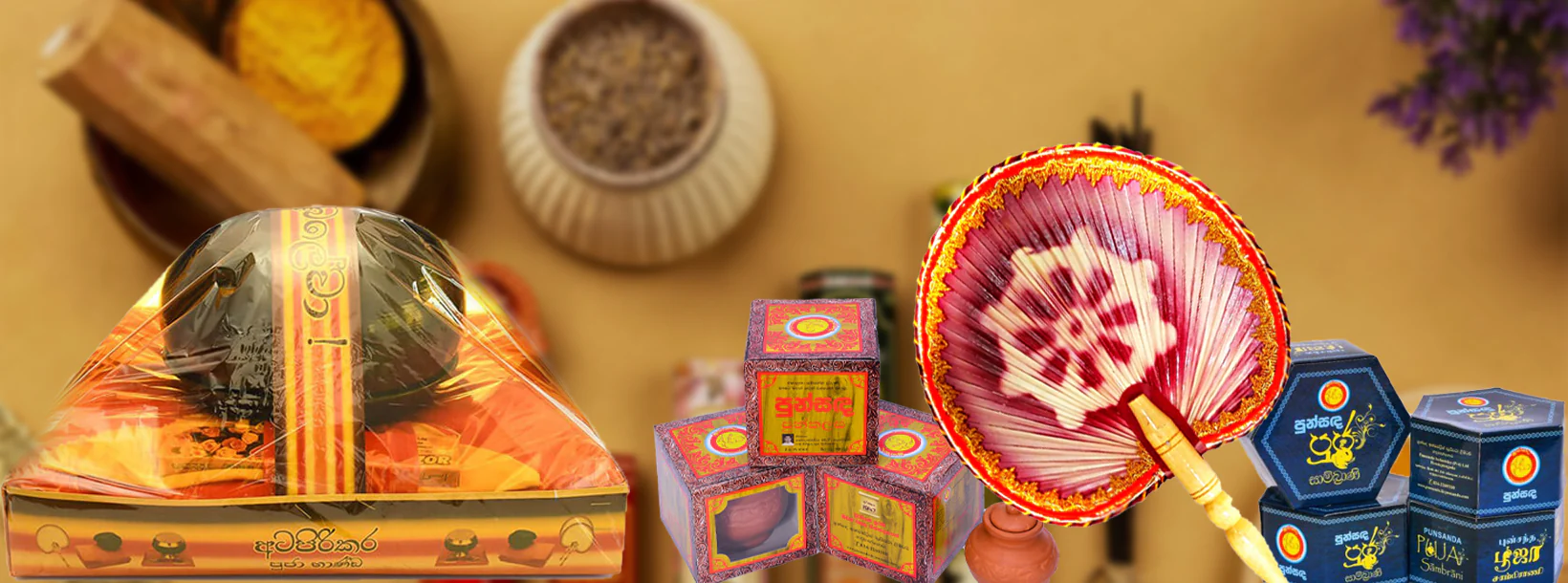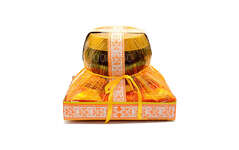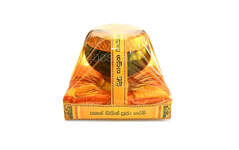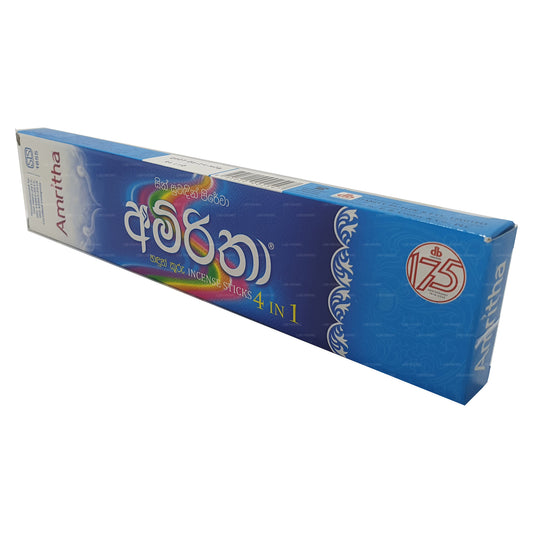
Religious
Religion is usually defined as a social-cultural system of designated behaviors and practices, morals, beliefs, worldviews, texts, sanctified places, prophecies, ethics, or organizations, that generally relates humanity to supernatural, transcendental, and spiritual elements; however, there is no scholarly consensus over what precisely constitutes a religion
Ata Pirikara (අට පිරිකර)
An Ata Pirikara is an offering gives to the Buddhist Temple as an offering to Lord Buddha. These offerings normally take happen during a alms giving ceremonies. A set of Ata Pirikara consists of the bare necessities of a Buddhist monks daily life style. An Ata Pirikara consists of following items.
- Challenger Sivuru
- Challenger Andanakadaya
- Bowl
- Dalipihiya (Razor blade)
- Needle
- Belt
- Filter
- Thread
(1) Three types of robe
The Buddha has approved nine robes for the use of monks. Of these, Sangati (the outer robe), Uttarasanga (the upper robe) and Antaravasaka (the lower robe, or undergarment) are the three main robes.
All robes should be smaller than the Buddha’s robe (Sugatha Cheewara). The length of the Buddha’s robe is 13 carpenter’s cubits (Wadu Riyana) and a half. Present monks do not need to wear a robe that is as long and wide as the Sugatha Cheevara. But even if it is very small, the monks won’t be able to wear the robe by preserving the Parimandala Supatichchanna precept and the same thing happens when the robe is too large. Therefore, robes should be made according to one’s own body size. Adanaya that is five feet long, one or two and a half feet wide is appropriate. The single-robe and the double-robe should be one and a half cubits long and four and a half cubits wide. The robes should be cut and sewn to paskadasatkada. If the fabric is too small to cut and sew all three robes, it is also advisable to sew one or two without cutting. An uncut robe should not be worn
(2) Bowl
As it was preached by the Buddha, “Pindiyalopabhojanam nissaya pabbajja”, the basic source of food for Bhikkhus was that received during the morning alms round (Pindapatha). This daily dependence on alms food reminds both Bhikkhus and lay devotees of their interdependence and prevents the Bhikkhus from becoming too isolated from the lay community. He ‘meets’ them every day and eats the food that they share with him.
“Na bhikkhave apattako upasampadetabbo, yo upasampadeyya apatti dukkatassa.” There is also a precept stating that a person who does not have a bowl should not be ordained.
No Bhikkhu can hold a bowl made out of gold, silver, crystal, bronze, glass, white lead, black lead or copper and the alms bowl can only be made of clay or iron.
(3) Razor blade
The Pali word ‘Danthakattha’ means a wooden stick that is used to brush teeth and the other word ‘Chedanawasi’ means knife. As it has been mentioned in Attaka Wagga of Anguththara Nikaya in Thripitaka, it is clear that a special knife was included in Ata Pirikara in order to make a wooden stick to brush teeth since there were no brushes for that purpose. But, today we can see a razor blade as a part of Ata Pirikara. So, we can imagine that the special knife that was used to make wooden sticks to brush teeth might have used for shaving purpose as well. The razor blade should be made out of stainless steel. But today only a blade can usually be found in Ata Pirikara which cannot be used for any purpose.
(4) Needle
Pali word ‘Suchee’ means the needle. Today we can find both a needle as well as a ball of thread in Ata Pirikara. In the early days, various types of fibre were used for this purpose.
(5) Robe belt
The belt is also called ‘Kaya Bandanaya’. Kaya Bandanaya is a piece of cloth that is tied around the waist so that the robe does not loosen. “Na bhikkhave uccavacani kayabandhanani dharetabbani, kalabukam deddubhakam murajam maddavinam. yo dhareyya apatti dukkatassa,” which means that the Bhikkhus should not use fancy belts.
(6) Filter
‘Parissavana’ is a piece of cloth that is used to filter water. Since there are many invisible creatures in the water, the Buddha advised monks to drink only filtered water.
අටපිරිකර පූජා කිරීමේ ආනිසංස
අටපිරිකරක් සම්පූර්ණ වීමට නම්:
01. පාත්රය
02. පෙරහංකඩය
03. පටිය
04. තනිපට සිවුර
05. දෙපට සිවුර
06. අඳනකඩ
07. දැළි පිහිය
08. ඉදිකටුව
යන කොටස් ඇතුලත් විය යුතුය. උපත ලැබූ ඕනෑම කෙනෙක් මෙම අටපිරිකර පූජාව සිදුකරන්නේ නම් පහත සඳහන් ආනිසංස කැමති විය යුතුයි.
තුන් සිවුරු ( තනිපට සිවුර, දෙපට සිවුර, අඳනකඩ ) පිදීමේ අනුසස් 08 කි.
01. රන්වන් සිරුරක් ලැබීම.
02. ශරීරයේ දූවිලි නොවැළකීම.
03. ප්රභාශ්වර (රැස් විහිදෙන) ශරීරයක් ලැබීම.
04. මහත් වූ ප්රතාප ඇතිවීම.
05. ශරීරය ඉතා සිනිඳු වීම.
06. සසරදී හිසෙහි සුදු වස්ත්ර ලක්ෂ ගණනින් දරයි.
07. සසර සෑම භවයකදීම කහ වස්ත්ර ලක්ෂ ගණනින් දරයි.
08. සසර සෑම භවයකදීම රතු වස්ත්ර ලක්ෂ ගණනින් දරයි.
පාත්ර පිදීමේ අනුසස් 10 කි.
01. රන්, මැණික්, රිදී තලි පරිභෝග කරයි.
02. උපද්රවයක් කිසිදා සිදු නොවේ.
03. අනතුරක් කිසිදා නොවේ.
04. හැම කල්හිම ගරු පුද ලබයි.
05. ආහාර පාන, වස්ත්ර, සයනාසන නොමදව ලබයි.
06. තම භෝගයෝ නොනැසෙති.
07. ස්ථීර වූ සිත් ඇතිව වෙසේ.
08. සෑම කල්හිම ධර්මය කැමති වේ.
09. මද කෙලෙස් සහිත වේ.
10. ආශ්රව රහිතව වෙසේ.
දැළි පිහිය පිදීමේ අනුසස් 07 කි.
01. හැම කල්හිම සූරයෙක් වේ.
02. නොවිසිරි සිත් ඇත්තෙක් වේ.
03. විශාරද්යත්වයෙන් යුක්ත වේ.
04. ධෛර්යය ඇතිව වෙසේ.
05. වීර්යය ඇතිව වෙසේ.
06. ඔසවා ගත් සිත් ඇත්තේය.
07. කෙලෙස් සිඳින සූක්ෂ්ම ශුද්ධ ඥාණය ලබයි.
ඉදිකටු නූල් පිදීමේ අනුසස් 07 කි.
01. සැක නැතිව සැරිසරයි.
02. සැක සිඳ භවයේ හැසිරෙයි.
03. රූ ඇතිව වෙසේ.
04. භවභෝග සම්පත් විඳියි.
05. තියුණු නුවණින් යුතුව භවයේ හැසිරෙයි.
06. ගැඹුරු, සියුම් ස්ථාන සහිත අර්ථයන් දිකියි.
07. මොහඳුර දුරු කරන වජ්ර සම ඥාණ ශක්තීන් ලබයි.
පෙරහන්කඩ පිදීමේ අනුසස් 05 කි.
01. සෑම දෙනාම ඉක්මවා දිව්යායුෂ විඳියි.
02. සොරුන් හට කිසිදා හිංසා කල නොහැකිය.
03. සතුරන්ට කිසිදා විපත් පැමිණවිය නොහැක.
04. ආයුධ, විෂ ආදියෙන් අනතුරු නොවේ
05. අතුරු මරණ නොමැත. පරමායුෂ විඳියි.
පටි පිදීමේ අනුසස් 06 කි.
01. සමාධීන්හි අකම්පිත වේ.
02. සමාධි හි වශීභාවයට පැමිණෙන්නේ ය.
03. නොබිඳෙන පිරිස් ඇත්තේ වේ.
04. හැම කල්හිම තම වදන් අනුන් විසින් පිළිගන්නේ ය.
05. එළඹ සිටි සිහි ඇත්තේ වේ.
06. කිසිදු භවයකදී හෝ තැති ගැනීමක් ඇති නොවේ.
මෙහි එන ආනිසංස හොඳ හැටි කියවා තේරුම් ගෙන අටපිරිකර පූජාව සිදු කරන්නේ නම් ඔබට සසරෙහි මේවා අත්විඳ සසර දුකින් නිදහස්ව උතුම් නිවන අවබෝධ කරගත හැකි උතුම් පිංකමක් වනු ඇත.
සම්පාදනය: පූජ්ය කොටියාගල ධම්මසිරි හිමි. ඔබට තෙරුවන් සරණයි!
You may also like
-
 Sale
SaleBuddha Statue
Regular price From $1.49 USDRegular priceUnit price / per$1.77 USDSale price From $1.49 USDSale -
Vesak Lanterns (Atapattam Koodu) Plastic
Regular price From $1.75 USDRegular priceUnit price / per$2.08 USDSale price From $1.75 USDSale -
Siddhalepa Anarva Nimala Incense Sticks (15 Sticks)
Regular price $1.57 USDRegular priceUnit price / per$1.86 USDSale price $1.57 USDSale -
Amritha Incense 20 Sticks 4 in 1 (25g)
Regular price $0.74 USDRegular priceUnit price / per$0.88 USDSale price $0.74 USDSale











